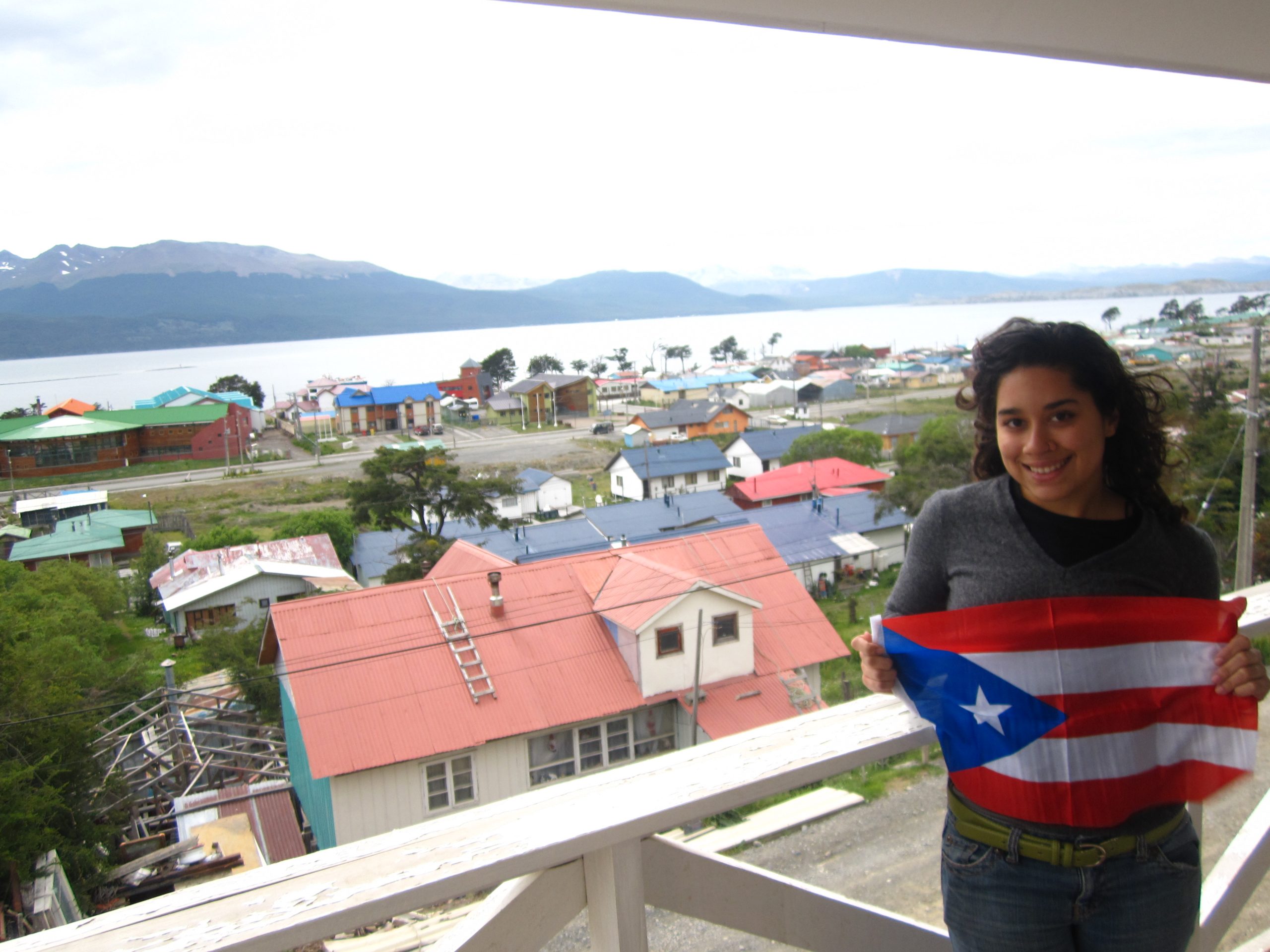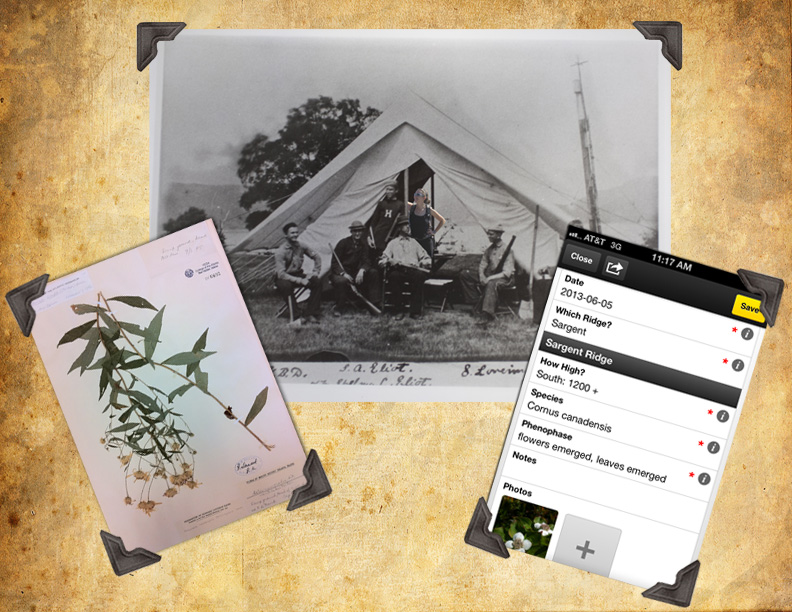
SEEDing a peer network for all students: an interview with SEEDS alumna Betsabé Castro
SEEDS alumna Betsabé Castro is a recipient of prestigious 2015 NSF Graduate Research Fellowship Award. Castro completed her BS at the University of Puerto Rico, Rio Piedras, and is currently completing her MA at the University of Missouri, Columbia. She will begin her PhD program at the University of California, Berkeley in the fall of 2015. ESA’s SEEDS program is…
